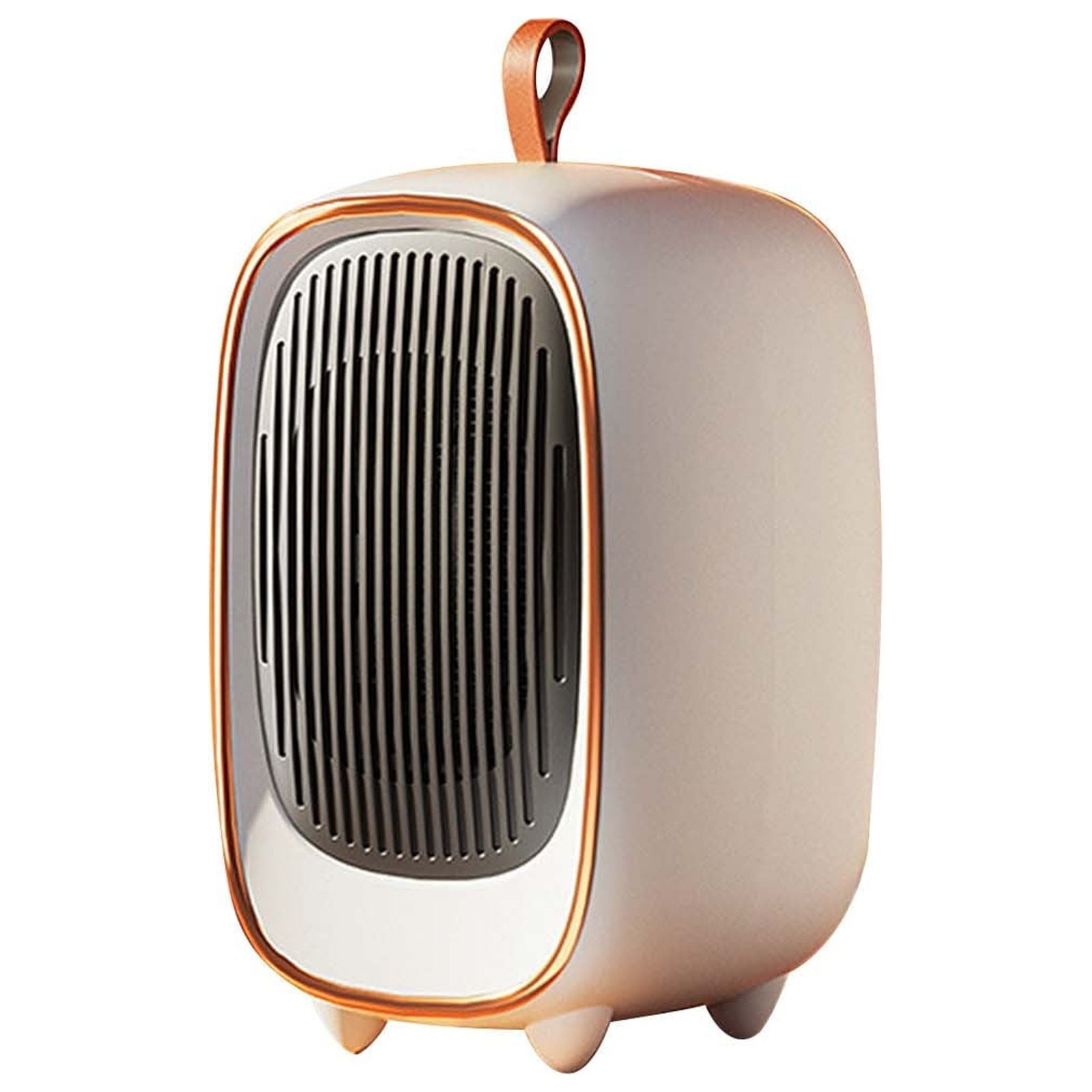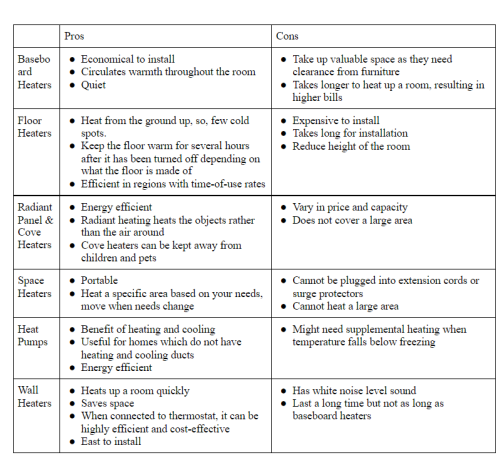1 Source Portable Air Can Be Fun For Anyone
1 Source Portable Air Things To Know Before You Get This
Table of ContentsThe Definitive Guide for 1 Source Portable AirHow 1 Source Portable Air can Save You Time, Stress, and Money.The Ultimate Guide To 1 Source Portable AirThe 1 Source Portable Air DiariesGetting My 1 Source Portable Air To Work
Running costs are based on an electricity cost of 40c/kWh. The expenses for 3 months' usage in winter season are based upon 500 hours use, or about 6 hours daily for three months. Maximum heat result is based upon the maximum power level of the versions we've checked (we concentrate on higher electrical power heating units).
This relies on what expense you're checking out upfront purchase, or running price? Customarily, there are compromises with either selection. On average, little follower heaters are more economical to get, however can have greater running prices. Oil column heaters will be the most affordable on the marketplace to run (usually) yet just by a narrow margin in advance of convection heating units (like panel and micathermic panels).
8 Easy Facts About 1 Source Portable Air Explained
If you have a relatively easy to fix ceiling fan, it'll help spread the warm around the area extra uniformly. A number of expensive heaters have actually fallen short to thrill our testers, while some more affordable models make for remarkably good buys.
As the name recommends, they radiate warm from a heated home heating aspect (so the family members will have to take turns sitting in front of it). Radiant heaters are reasonably affordable.
The reasonably revealed heating component can be a fire and safety and security hazard. A piece of clothes went down over it may ignite, or small kids playing around a floor model may shed themselves, so be cautious. Glowing heating units typically cost between $20 and $200. Oil-filled column heating units don't in fact shed oil they utilize power to warm the oil that's secured inside their columns or 'fins'.
10 Easy Facts About 1 Source Portable Air Explained
Some column heating units aren't also oil-filled but rather utilize various other material or heating technology to function similarly - 1 Source Portable Air. The danger of fire with an oil column heater is reduced compared to other heating system types, but never ever no. Oil heating units don't have actually exposed components like glowing heaters do, and their surface area temperature is less than several other heating system types (their huge surface makes up for it)
Oil column heating systems won't take off, and while they do not melt their oil to generate warmth, it's still flammable, so there is a fire danger if the oil leaks, if the heating system topple and leaks, or if flammable things or material enter call or fall on the heating system. You must exercise the very same degree of care with oil heaters as for various other heating unit kinds, and never hang towels or clothes over one to completely dry them use a drying out shelf instead, a minimum of one metre away.
Column heating units are specifically useful in areas where they'll be activated for extended periods of time or where they'll run unattended, such as overnight in a bedroom. The surface areas you're most likely to discuss a column heating unit do not get as hot as other types of electrical heating systems. You can use a ceiling fan on extremely low speed to aid the column heating system to distribute the warm much faster and much more uniformly.
If there's not much air movement (for instance, if you're sitting analysis or watching television), the warmth might not be distributed uniformly. Oil-filled column heating units usually set you back in between $50 and $450. Convection and panel heating systems draw cool air over an electrical home heating component. The warmed air then leaves the heater and climbs in the direction of the ceiling, while cooler air relocations in to change it.
An Unbiased View of 1 Source Portable Air

Convection and panel heating look at this site units are extra portable than their oil-filled column heater counterparts since they're considerably lighter. Like a column heating system, you can use a ceiling fan on really reduced speed to distribute the heat quicker and more uniformly.

Some Ideas on 1 Source Portable Air You Should Know
Fan heating units are usually smaller and a lot more mobile than various other electrical heating systems. They also are available in the type of tower follower heating units, which can be much better for dispersing heat around larger spaces due to their taller profile. They can heat up the air in an area extra swiftly, equally and quickly than some other heating unit types.
They can be fairly loud with the follower on full power, though are usually reasonably quiet at reduced fan rates. Fan heating systems (ceramic or otherwise) normally expense between $60 and $900. Ceramic follower heating units aren't article source always any kind of different in rate to non-ceramic versions. A relatively recent entrant into the consumer market, infrared heating systems warm the space like the sunlight heats your face (without the UV rays so no danger of skin cancer cells). 1 Source Portable Air.